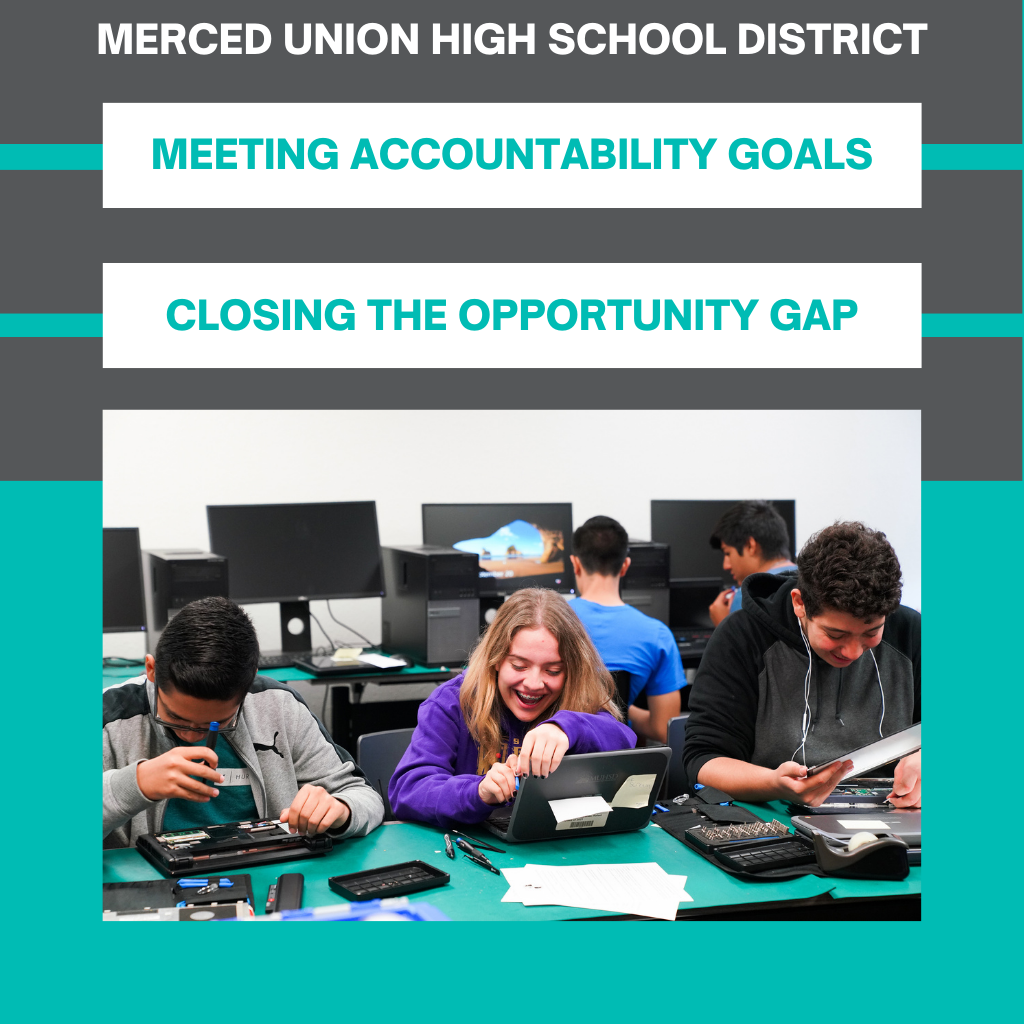Build Structures For Healthy Relationships – Leadership Team Activity: Assess How Well School Structures Support Healthy Relationships

Every child deserves a champion; an adult who will never give up on them, who understands the power of connection and insists that they become the best they can possibly be.
– Rita F. Pierson

INTRO
It’s important for leaders to develop an understanding of the types of structures, processes, and practices needed to support healthy relationships (student-to-student, student-to-staff, staff-to-staff, staff-to-families, etc.).
What is your school doing to create an environment where relationships flourish?
OBJECTIVES
- Assess how well school structures support healthy relationships
The below activity is designed for your leadership team.
Take several minutes to reflect on key structures from the past three years that have been used to build opportunities for students to be known in your school.
Reflect on which ones have been most important to you personally, professionally, and to the school as a whole.
Record these on separate sticky notes, or in a virtual space, with months and years noted whenever possible.
Find a wall, board, or virtual space where you can create a timeline and ask the team to organize the notes by date and similar structures.
Talk through the timeline as a group and answer the following questions:
- What patterns do you notice?
- Are there any voices or insights missing that need to be added?
- Do any key turning points emerge?
- What reflections and new questions does this raise? About the past? About the present moment? About the future?
Discuss and work together to agree on a rating as a team and provide evidence as to whether your school is employing Structures that Build Healthy Relationships schoolwide using the following definition and scale:
Structures that build healthy relationships create opportunities for students to be known; employ culturally and identity relevant and inclusive practices; and create space for empathy and compassion.
SCALE
1. Not at all
2. Somewhat
3. For the most part
4. Totally
A score of one reflects that there is little being done intentionally schoolwide. A four would suggest that you have explicit structures and practices schoolwide to support this.
TIPS
- Have your team show their ratings all at once using their fingers (we use the game ROSHAMBO when we work with teams).
- Then have the team members with the highest and lowest ratings share their thoughts first to get the perspectives that are most different.
- Then through the discussion, reach a consensus on one rating as a group.




Responses